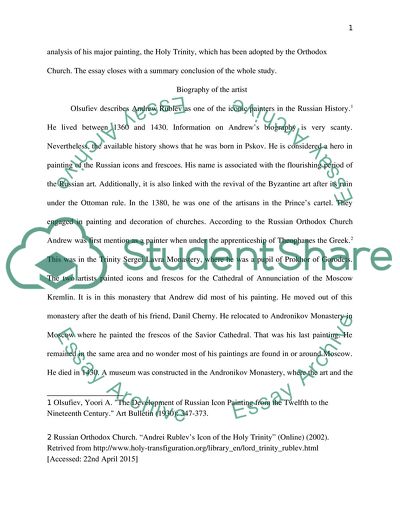Cite this document
(“Andrei Rublev's The Holy Trinity Research Paper”, n.d.)
Retrieved from https://studentshare.org/religion-and-theology/1690391-andrei-rublevs-the-holy-trinity
Retrieved from https://studentshare.org/religion-and-theology/1690391-andrei-rublevs-the-holy-trinity
(Andrei Rublev'S The Holy Trinity Research Paper)
https://studentshare.org/religion-and-theology/1690391-andrei-rublevs-the-holy-trinity.
https://studentshare.org/religion-and-theology/1690391-andrei-rublevs-the-holy-trinity.
“Andrei Rublev'S The Holy Trinity Research Paper”, n.d. https://studentshare.org/religion-and-theology/1690391-andrei-rublevs-the-holy-trinity.


